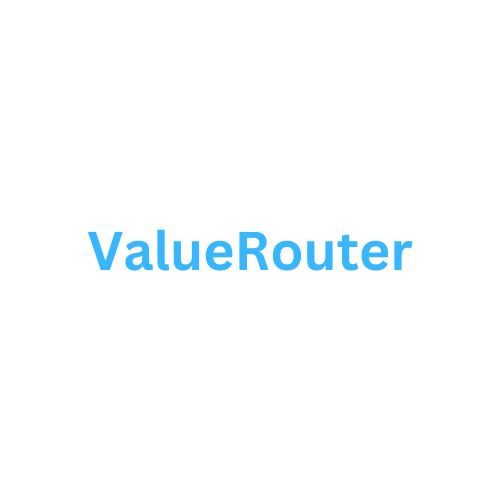Meta Description: Explore the rapidly evolving Web3 ecosystem with a focus on the necessity of cross-chain bridges for blockchain interoperability, and discover how ValueRouter is revolutionizing this space with native USDC as a secure value intermediary.
Introduction: The Multi-Chain Landscape of Web3 The Web3 ecosystem is transforming into a multi-chain environment. Decentralized applications (DApps) are increasingly distributed across various blockchains and layer-2 solutions, each offering distinct security and trust models. As the challenge of blockchain scalability persists, the emergence of new blockchains, layer-2 and layer-3 solutions, and application-specific blockchains tailored for DApps is set to accelerate this trend.
The Imperative for Blockchain Interoperability The proliferation of diverse blockchains highlights a critical gap: the absence of native intercommunication. This limitation restricts the full potential of a multi-chain Web3 ecosystem. The key to bridging this gap is cross-chain messaging protocols, which are essential for enabling smart contracts to interact across various blockchains, thus unifying economic activities in isolated networks.
The Critical Role of Cross-Chain Bridges Cross-chain bridges are integral to achieving this interoperability, serving as conduits for token transfers between different blockchains. They not only facilitate asset movement but also significantly contribute to the economic vibrancy of the entire Web3 ecosystem.
Understanding Cross-Chain Bridge Functionality These bridges, functioning as decentralized applications, allow for the transfer of assets between blockchains, thereby enhancing token utility and liquidity. This process typically involves mechanisms like ‘lock and mint’, ‘burn and mint’, and ‘lock and unlock’, each with its unique process and economic incentives.
Types and Mechanisms of Cross-Chain Bridges Delving into the types, cross-chain bridges employ various mechanisms, some even encompassing data messaging capabilities for more complex operations such as token swapping, lending, and staking.
Challenges in Trust-Minimization and Security Achieving secure, trustless communication via cross-chain bridges involves navigating significant challenges in trust-minimization, computational expense, and flexibility. Additionally, the security of these bridges is paramount, as they can potentially become points of vulnerability in the network.
The Emergence of ValueRouter as a Security Solution In addressing these challenges, ValueRouter stands out by utilizing native USDC as a value intermediary. This innovative approach significantly reduces the risks associated with traditional cross-chain bridges, offering a more secure and reliable method for users in the Web3 ecosystem.
Conclusion: The Future of Cross-Chain Bridges in Web3 The advent of solutions like ValueRouter, employing native USDC, marks a major advancement in the field of cross-chain bridges. As the Web3 ecosystem continues to grow, the focus on robust, secure, and user-friendly cross-chain communication tools will be crucial for its sustained development and broader adoption.
